Documenting display behavior of blue-backed manakins
As part of her MS thesis, Ghislaine Cardenas, co-advised by C. Daniel Cadena (Univ. de los Andes) and Bette Loiselle (Univ. Florida), described the display behavior, vocalizations, and social organization of the blue-backed manakin (Chiroxiphia pareola napensis) in Amazon of Ecuador at the Tiputini Biodiversity Station. Males of blue-backed manakins display cooperatively for females in [...]
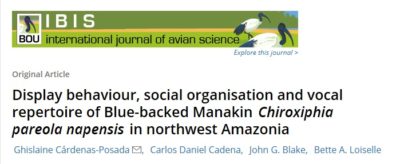
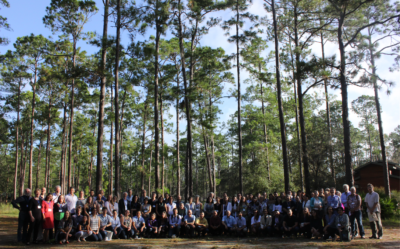
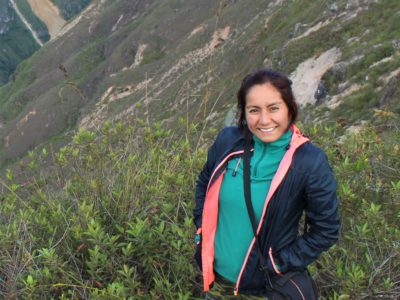
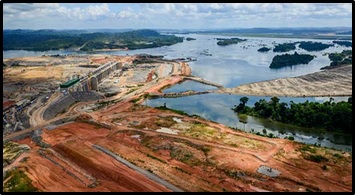
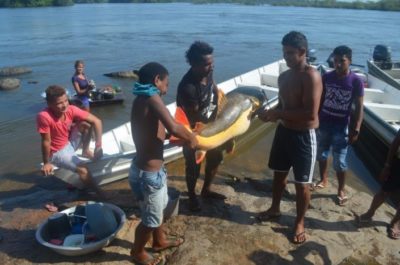
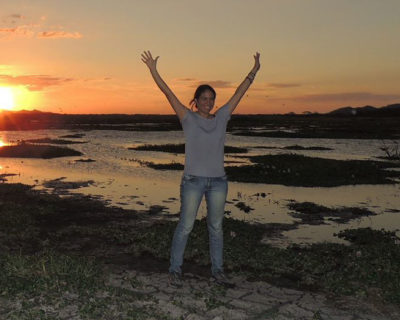
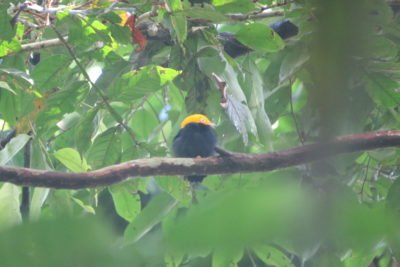
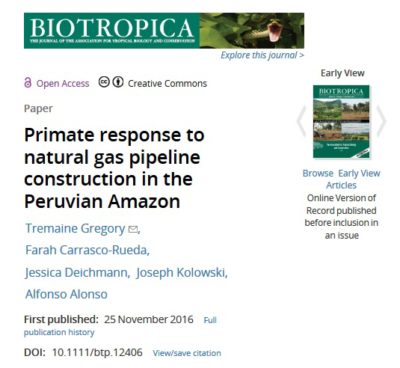
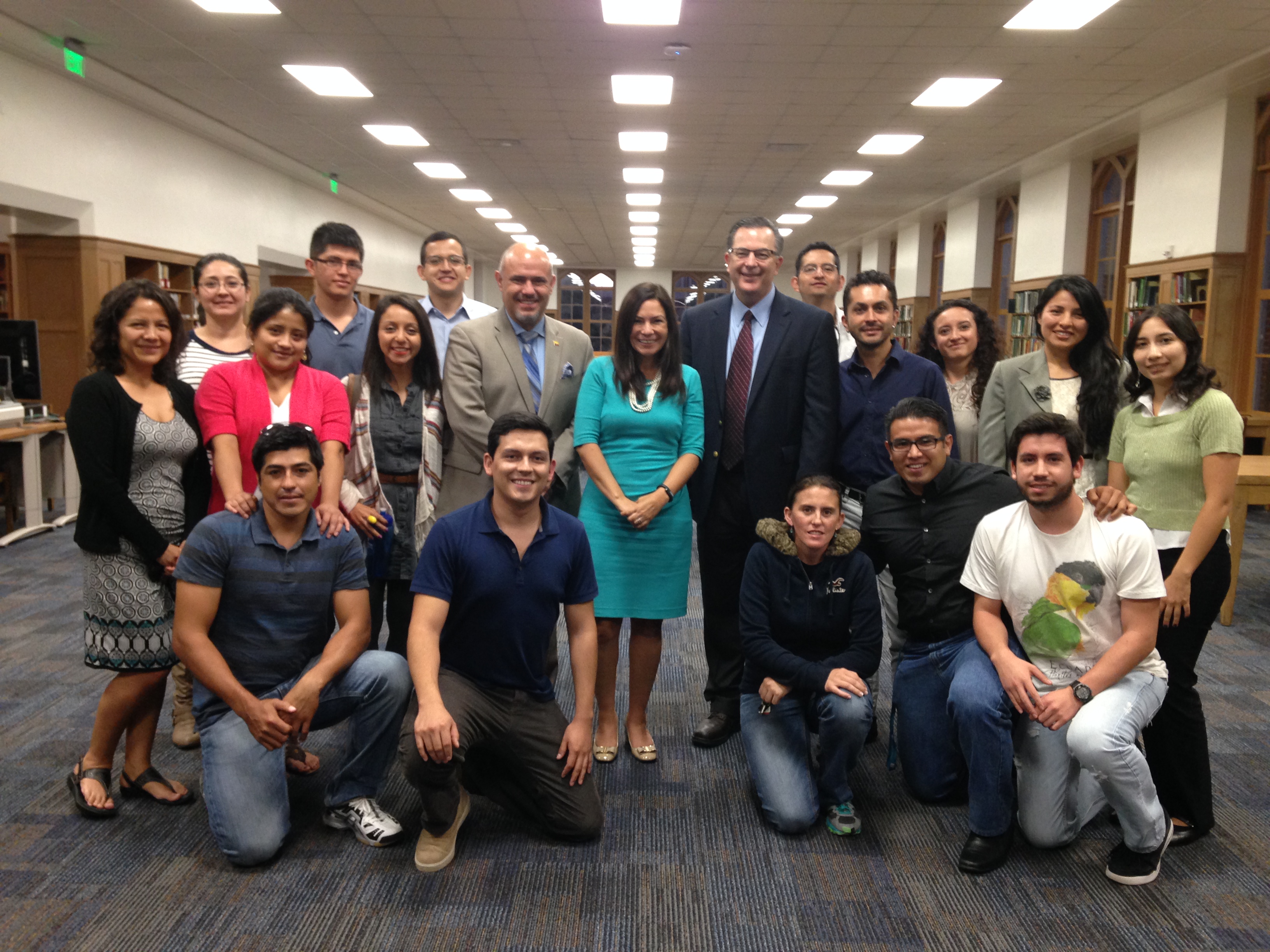






Recent Comments